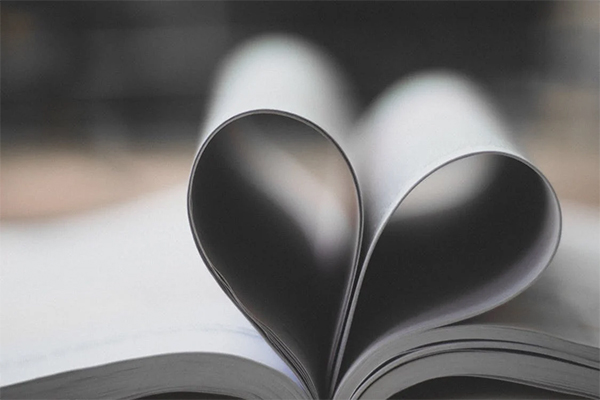Bookbinding, an elegant skill combining creativity and practicality, is essential for preserving the written word. From its modest origins in prehistoric societies to the complex methods used in modern techniques, bookbinding reflects the evolving ideals and technology of society. This kind of art not only protects literary gems but also honors the inventiveness and talent of craftspeople who turn basic materials into lifetime masterpieces. The function of bookbinding is still crucial in preserving the heritage of literature across history as books still have great intellectual and cultural worth.
The History and Evolution of Bookbinding
Bookbinding originated with simple papyrus scroll connections in ancient societies. Scrolls gave way to codices, leather, wood, and fabric as writing mediums. The Middle Ages witnessed the growth of beautiful covers with gold leaf and exquisite patterns, which symbolized books’ cultural value as knowledge treasure. The introduction of the printing press in the fifteenth century increased access to books and encouraged mass-production binding techniques. Bookbinding’s current aesthetics and historical skill make it relevant in both practical and artistic domains.
Techniques and Materials Used in Bookbinding
The art of bookbinding is created by a mix of materials and methods that each add to the end product’s longevity and visual appeal. While contemporary techniques could use adhesives for faster construction, traditional techniques often call painstakingly stitching signatures together using linen thread. Common materials include cloth for a gentler touch, leather for its lifetime and beauty, and paperboard for strong coverings. Endpapers, headbands, and gilding are among decorative accents that improve the visual appeal and provide for creative expression and personalizing. The materials and methods used affect not just the book’s usefulness but also show the binder’s talent and inventiveness.
Design and Decoration in Bookbinding
Books’ aesthetic worth is much enhanced by their design and decorating, which also helps them to become individual pieces of art. While complex patterns and images abound on endpapers and spine labels, techniques include embossing, blind tooling, and foil stamping provide covers texture and visual appeal. Typography, color selections, and layout help to define the overall concept and provide a coherent appearance that speaks to the material of the book. Inspired by historical styles or modern trends, artists create a wide spectrum of patterns that fit many preferences and uses. This mix of artistry and workmanship not only improves the book’s appearance but also captures the individuality of the writer and the reader.
The Importance of Bookbinding in Preserving Literature and Culture
Maintaining literary and cultural legacy depends critically on bookbinding, which also guarantees that books survive across many generations. Well-made bindings save pages from wear and tear, therefore enabling the passing on of tales, knowledge, and customs unbroken. Managers of historical books, manuscripts, and rare editions gain from careful preservation methods that preserve their physical integrity and improve their visual appeal. Bookbinding reflects the cultural value of books as vehicles of human intellect and creativity by not only preserving the written word but also by capturing the beauty and workmanship of many ages, therefore bridging the past and the present.
The ongoing art of bookbinding is evidence of human ingenuity and the inherent worth of books throughout millennia. Bookbinding honors the cultural stories written works reflect by integrating utility with creativity, therefore preserving their integrity. The art form keeps changing, but it is still a necessary connection between previous customs and modern expressions that guarantees the value and accessibility of the information kept in books for next generations.
Photo Attribution:
1st & featured image by https://www.pexels.com/photo/closeup-photo-of-assorted-title-books-1122865/
2nd image by https://www.pexels.com/photo/closeup-photography-of-book-page-folding-forming-heart-1083633/

